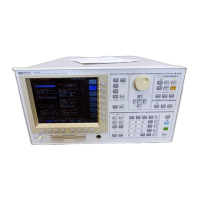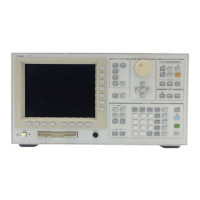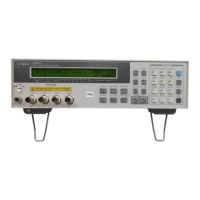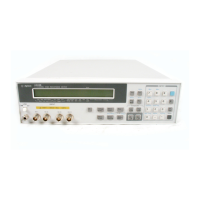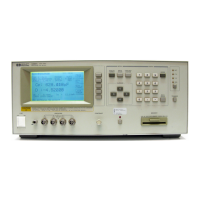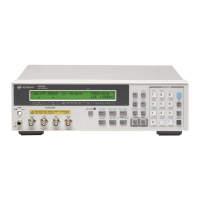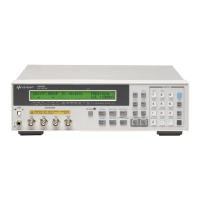5-42 Agilent 4155C/4156C VXIplug&play Driver User’s Guide, Edition 4
Programming Examples for C++ Users
Stress Force
Measurement
Result Example
Data before stress:
T1 current = 11.09860 [mA], Status = 0
T2 current = 10.75880 [mA], Status = 0
Stress force in progress: 2.0 [V], 5.0 [sec]
Data after stress:
T1 current = 11.10200 [mA], Status = 0
T2 current = 10.76220 [mA], Status = 0
ret = hp4156b_force(vi, t1, hp4156b_VF_MODE, range, bias, icomp, 0); /* 56 */
ret = hp4156b_force(vi, t2, hp4156b_VF_MODE, range, bias, icomp, 0);
ret = hp4156b_spotMeas(vi,t1, hp4156b_IM_MODE, range, &md[0], &st[0]);
ret = hp4156b_spotMeas(vi,t2, hp4156b_IM_MODE, range, &md[1], &st[1]);
ret = hp4156b_zeroOutput(vi, hp4156b_CH_ALL);
check_err (vi, ret);
printf("Data after stress:\n"); /* 63 */
printf("T1 current = %8.5f [mA], Status = %d \n", md[0] * 1000, st[0]);
printf("T2 current = %8.5f [mA], Status = %d \n", md[1] * 1000, st[1]);
ret = hp4156b_setSwitch(vi, hp4156b_CH_ALL, 0);
check_err (vi, ret);
}
Line Description
56 to 60 Applies voltage to device, performs spot measurement, and sets the specified port
to the zero output state.
63 to 65 Displays the measurement result data.
67 Disables all ports.
61 and 68 Calls the check_err subprogram (shown in Table 5-1) to check if an error status is
returned for the previous line.
69 End of the perform_meas subprogram.

